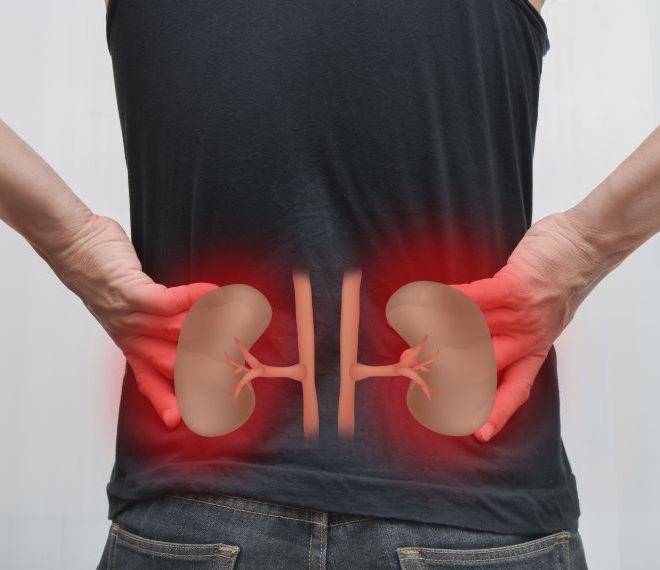A crystal that no one wants: kidney stones

Calcium oxalate crystal, cystine stone, struvite stone. We have not listed special pieces of a mineral exhibition, but common types of kidney stones. Kidney stones consist of hard crystalline material that precipitates in the urine. It can cause many complaints, great pain and can play a role in the development of serious kidney problems.
How are kidney stones formed?
Hereditary factors and environmental influences can also play a role in the development of kidney stone disease. Kidney stone formation is usually caused by metabolic disorders, but there are certain predisposing factors: such as low fluid intake, diabetes, obesity and a sedentary lifestyle, but they can also be caused by developmental disorders or urinary tract infections. The size of the formed kidney stones can range from microscopic crystals to several centimeters in diameter .
Symptoms of kidney stones
The most common symptom of kidney stones is intense, spasmodic, radiating pain in the kidney area. Accompanying symptoms may also be back pain, hematuria, nausea, vomiting and fever. Since kidney stones are formed gradually, they may remain asymptomatic for a long time, and it is also possible that the stone's presence is revealed only during an abdominal ultrasound examination.
Sometimes he leaves spontaneously
If the kidney stone is small, it can easily leave the kidney. Until it reaches the bladder, it can cause severe cramps, bloody urine and fever. When it reaches the bladder, the pain stops, in which case the stone can leave the body spontaneously during urination. If the small-sized stone does not move on its own, its spontaneous removal can be facilitated by certain methods: e.g. stone-pelting drugs, diuretics.
If the stone remains
Kidney stones can differ not only in their size, but also in their composition and location. They do not always leave the body spontaneously, sometimes a more serious intervention is needed to remove them. One of the most modern methods of treating residual kidney stones is kidney stone crushing.
Kidney stone crushing
The procedure may sound scary at first, even though it is an almost completely painless procedure. Kidney stone crushing can be done with several different devices. During this, the device creates shock waves that fragment and pulverize the kidney stone, so that the stone, which has fallen into small pieces, can easily be emptied from the body.
Ureterorenoscopy
It may happen that the kidney stone gets stuck in the ureter, in which case a special procedure: uretero-renoscopy may be needed to remove the stone. The intervention is carried out using a long thin telescope: the ureteroscope. This state-of-the-art device is already available to our patients at the Duna Medical Center. During uretero-renoscopy, the surgeon uses the ureteroscope to reach the kidney stone stuck in the ureter. For this, the device is passed through the urethra into the bladder, from where the urethra becomes accessible. If a kidney stone with a problematic location has become available, the surgeon crushes the stone into small pieces using a suitable device or laser so that it can be naturally excreted from the body.
In our operating room, we use this modern equipment for uretero-renoscopy procedures:
Meet our urologists:

